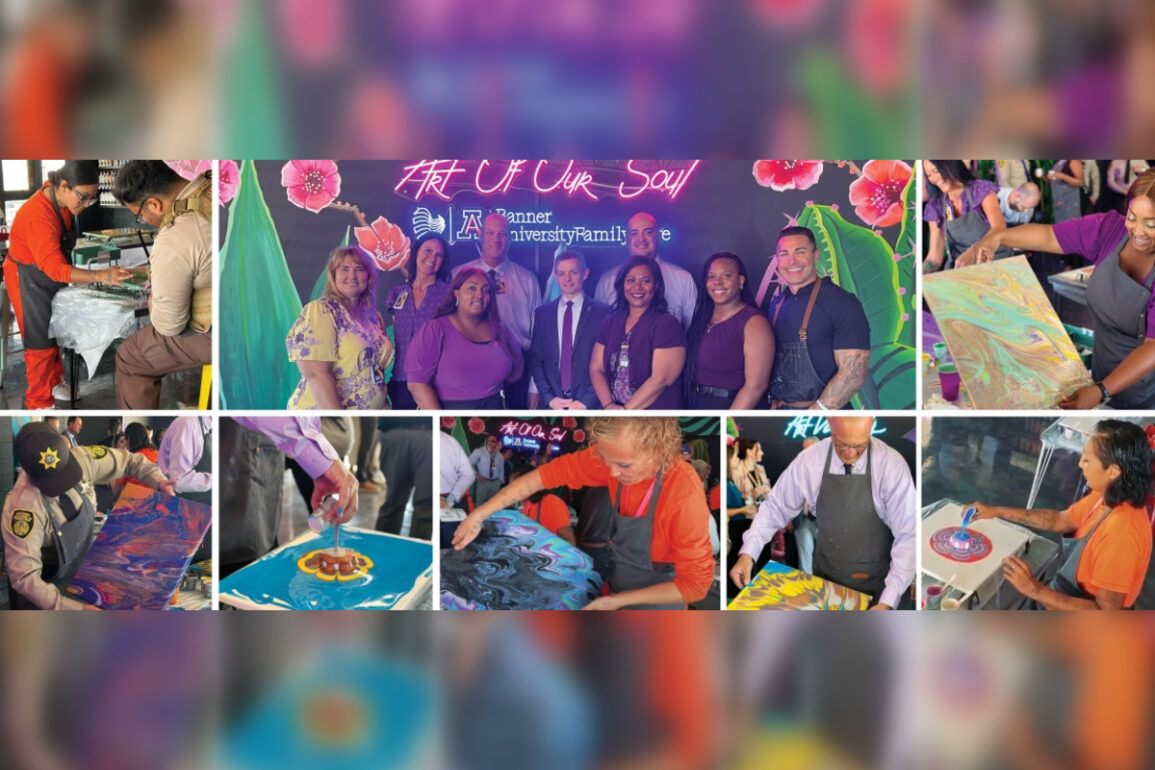
The Arizona Department of Corrections, Rehabilitation & Reentry is cracking a window for change at the Arizona State Prison Complex-Perryville. As detailed in a recent announcement, Arizona Department of Corrections, Rehabilitation & Reentry has introduced a new program called Art of Our Soul at the Lumley Unit, aiming to pivot the prison’s approach towards a stronger focus on inmates’ mental health and therapeutic support.
Unveiled this October, the Art of Our Soul studio is the latest step in what Arizona Department of Corrections, Rehabilitation & Reentry touts as “reimagining corrections.” The studio comes as a haven for women who have gone through significant trauma, allowing them to process and articulate experiences that otherwise might remain trapped inside. Arizona Department of Corrections, Rehabilitation & Reentry believes that by helping inmates grappling with serious mental illnesses or those recovering from substance use disorders, art can be significant in mitigating mood swings, stress, depression, and anxiety.
Art of Our Soul isn’t just about solitary reflection, though. Instead, it’s structured around peer-based, group therapy sessions. In a setup where artist leaders, who carry their own baggages of lived experiences, take charge, it’s hoped that this peer mentoring component of the program will shine—a facet celebrated by the Arizona Department of Corrections, Rehabilitation & Reentry for its role in inspiring participants to see themselves in a different light. Women from both the mental health unit and the general population at Perryville can join in small groups for these artistic therapy sessions.
Focusing not just on art but also on the artist, the Arizona Department of Corrections, Rehabilitation & Reentry seeks to foster a novel form of communication within the walls of Perryville Prison, offering an outlet for expression and connectivity among inmates. With credible messengers at the helm, these creative workshops promise a safe space for women to reinvent and resonate with one another. It remains to be seen how this program will evolve and what its long-term impacts might be, but for now, the brushes, colors, and canvases speak to a different mode of rehabilitation that may just be starting to smudge the old bars of convention.
This post was originally published on this site be sure to check out more of their content.







